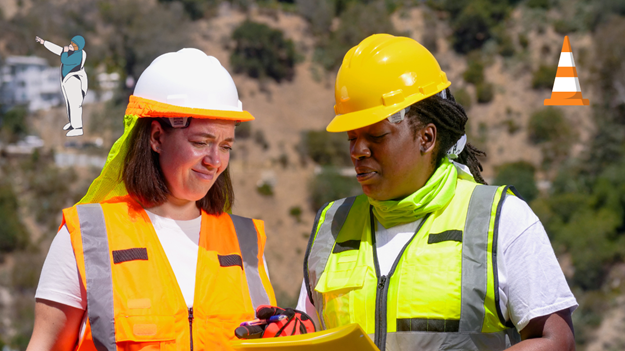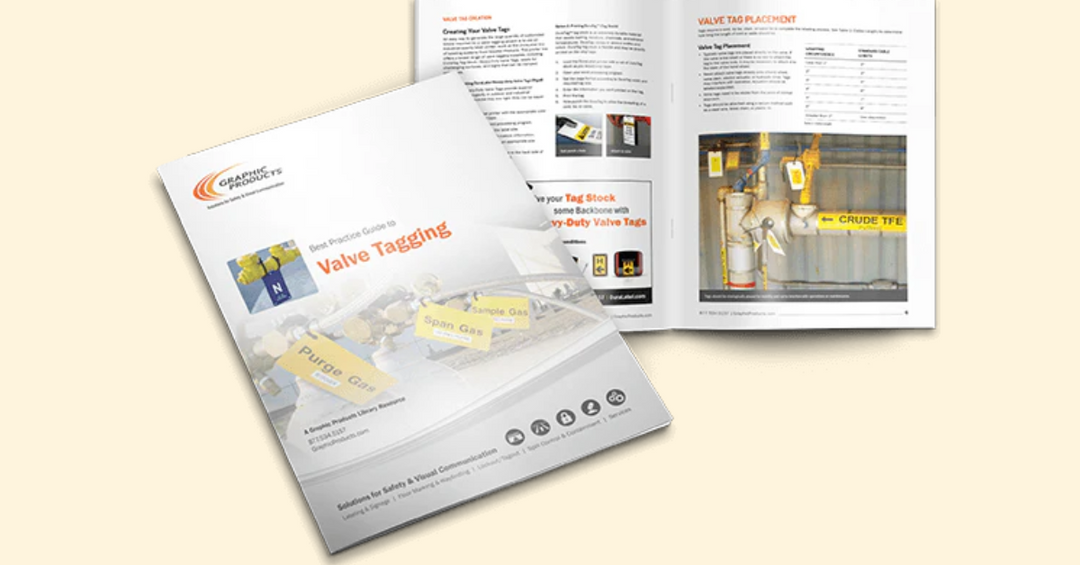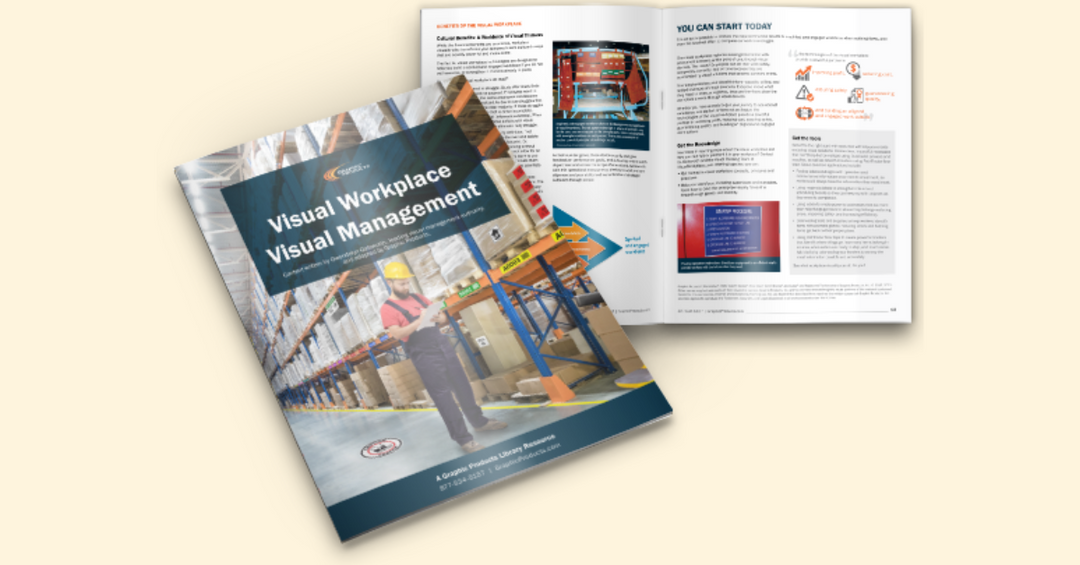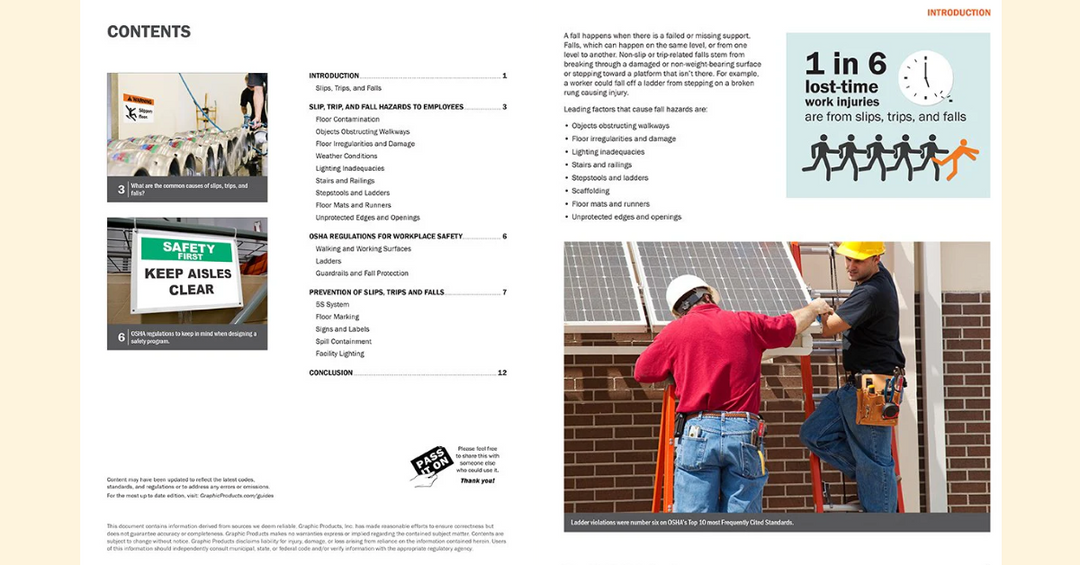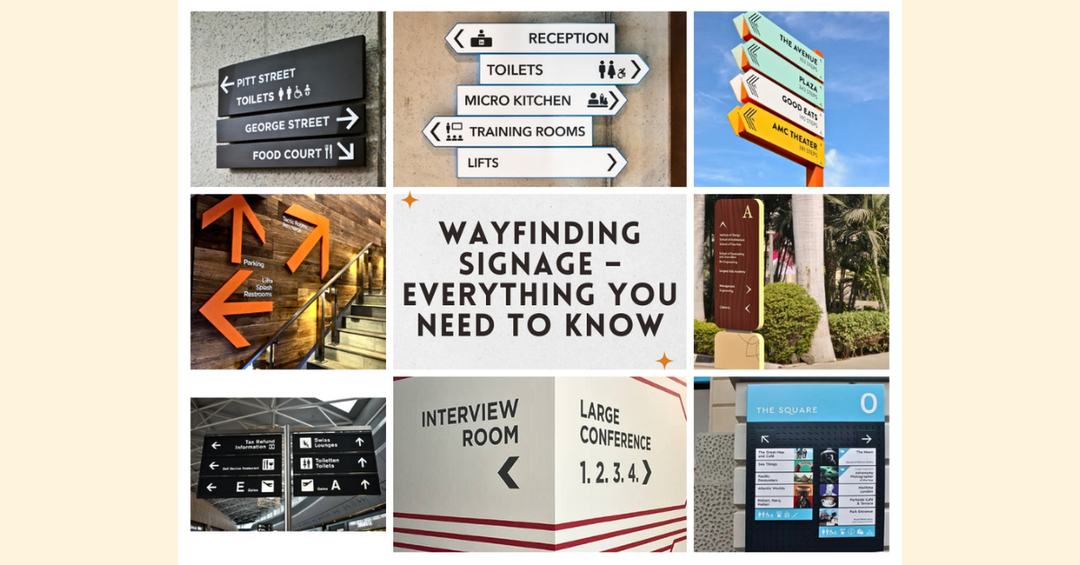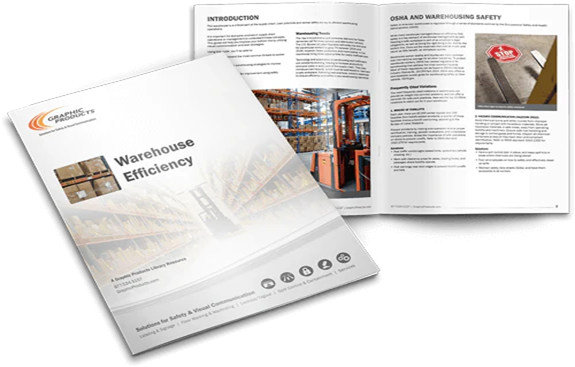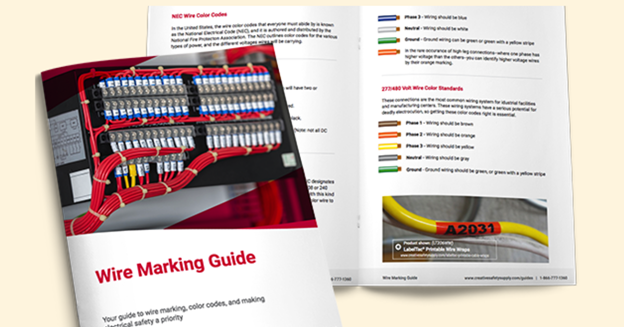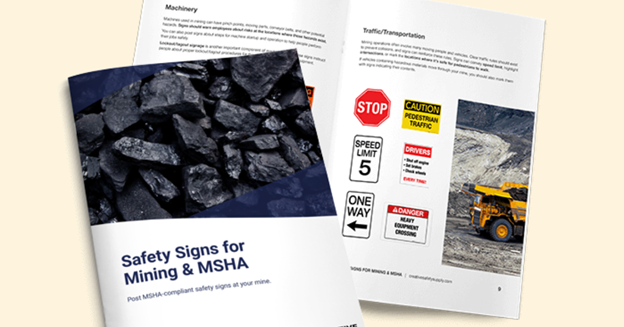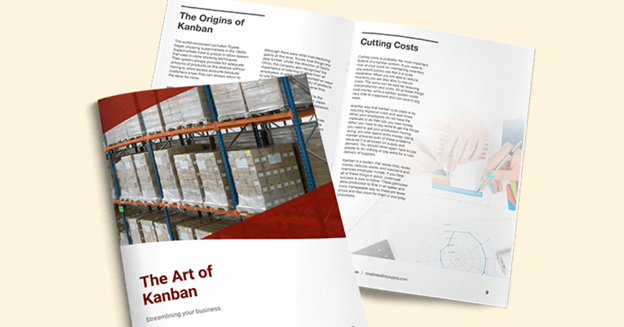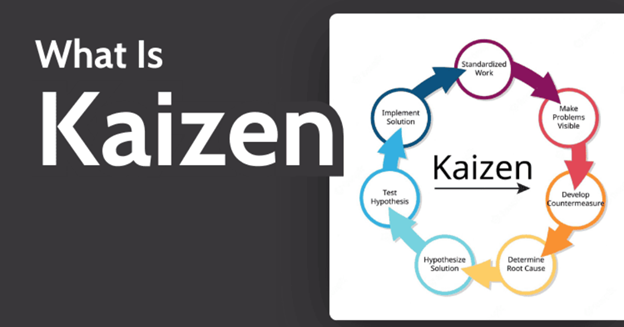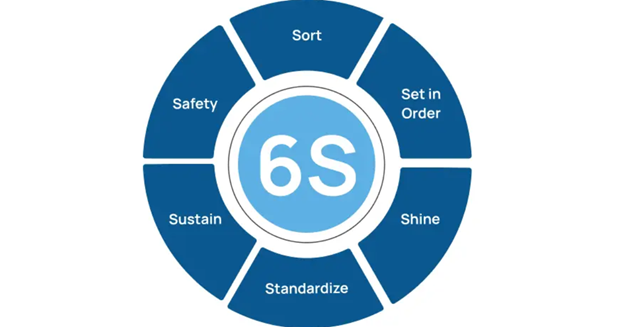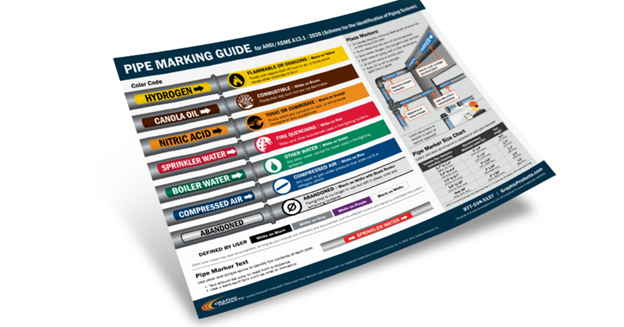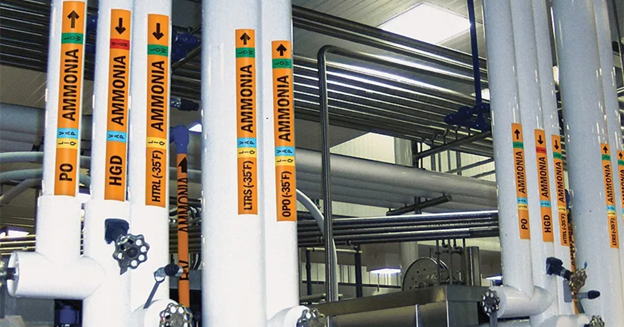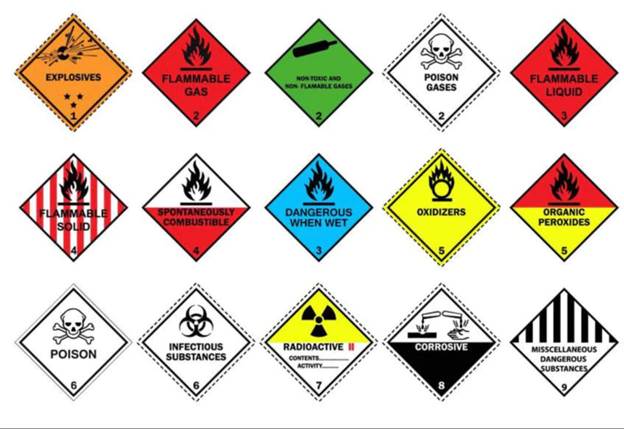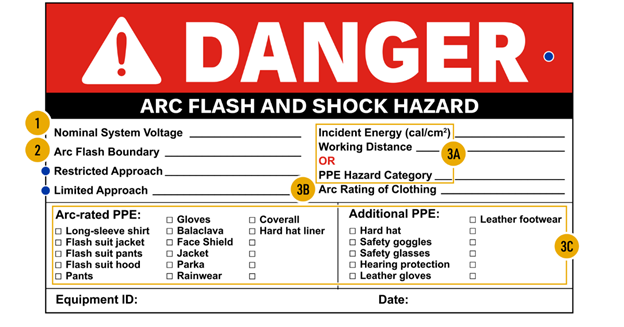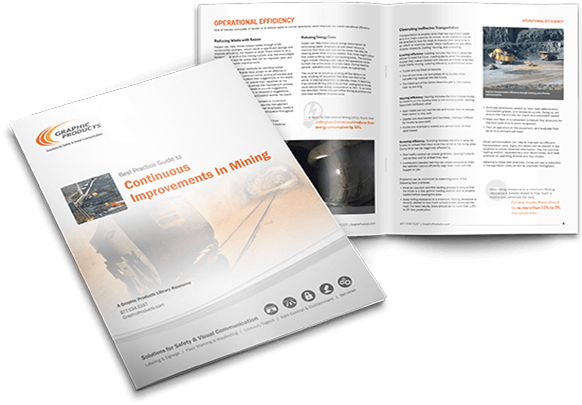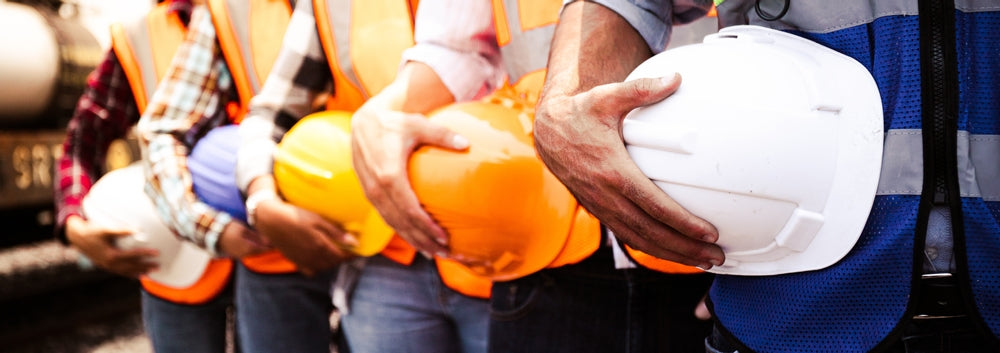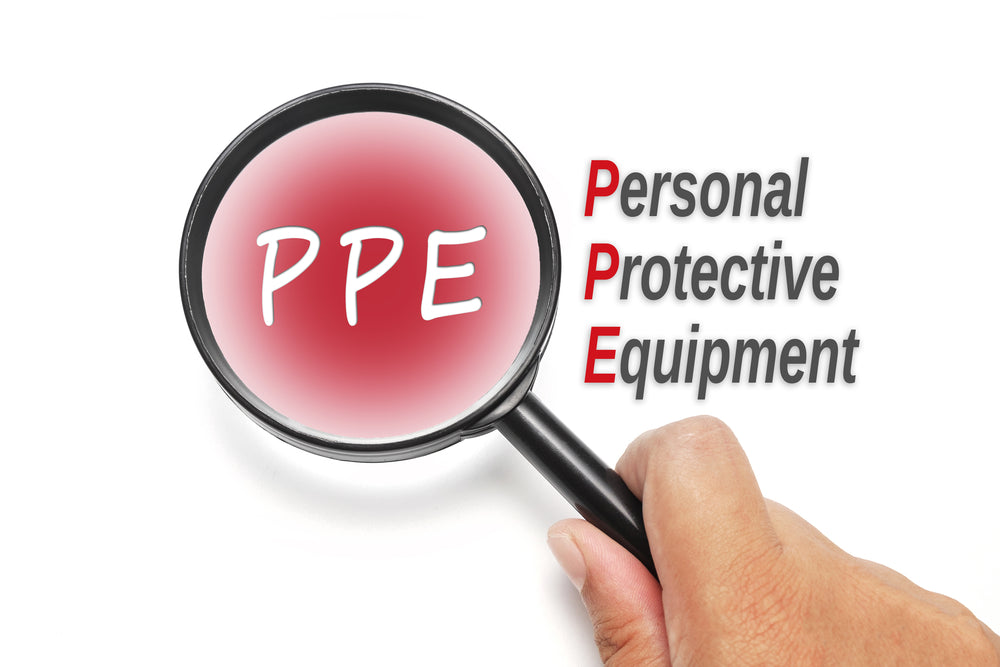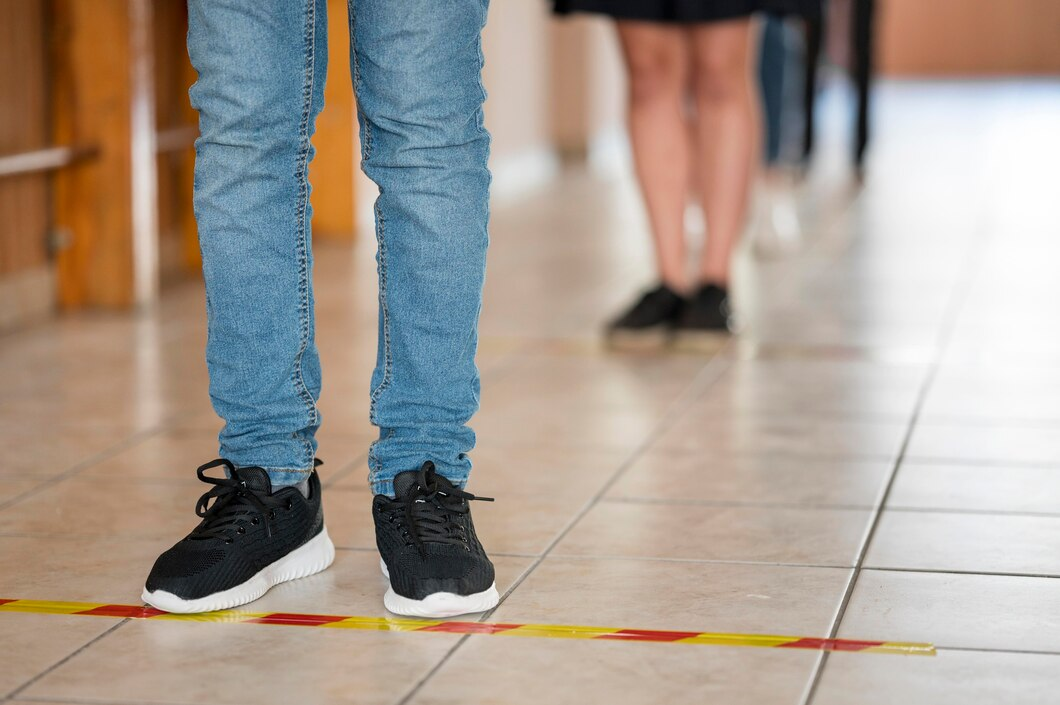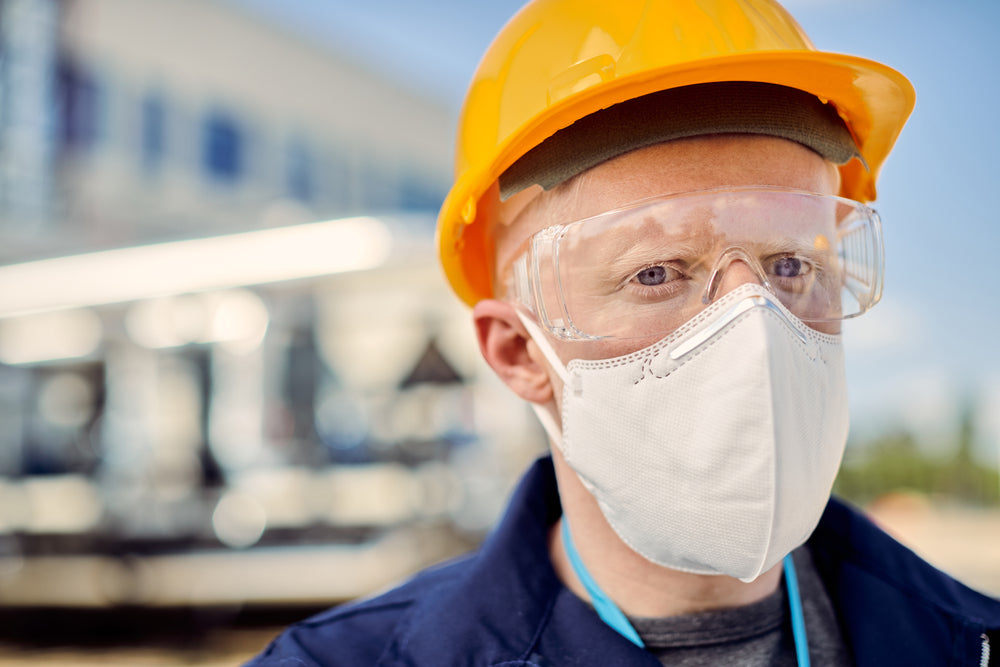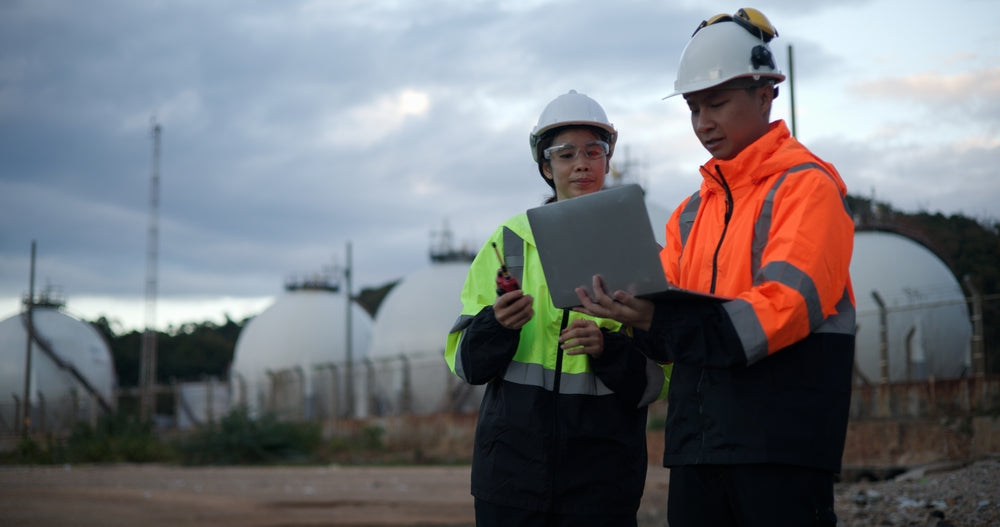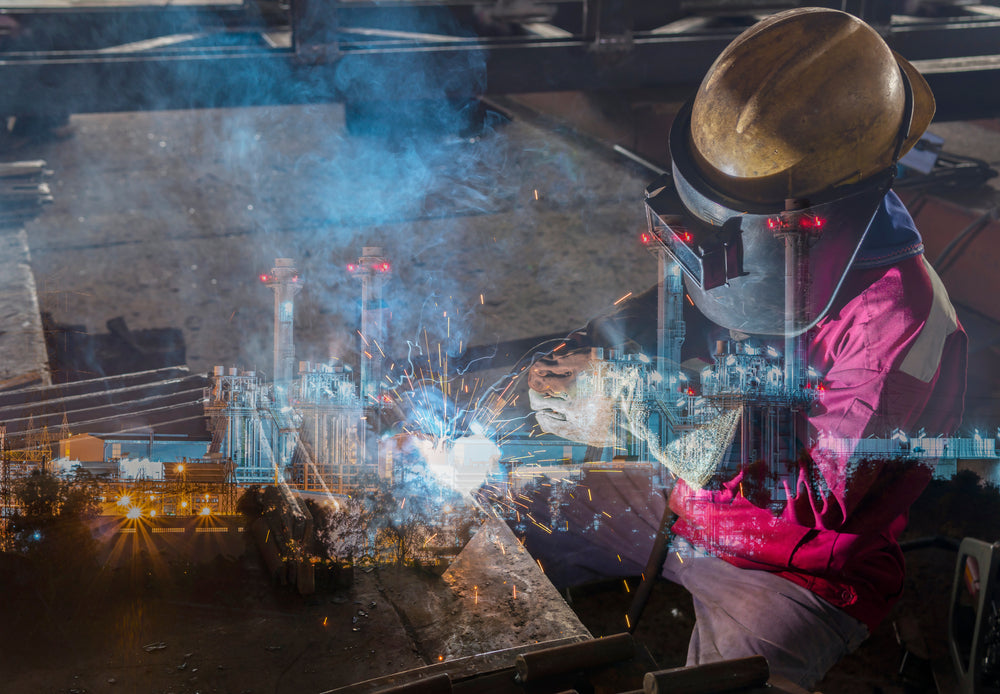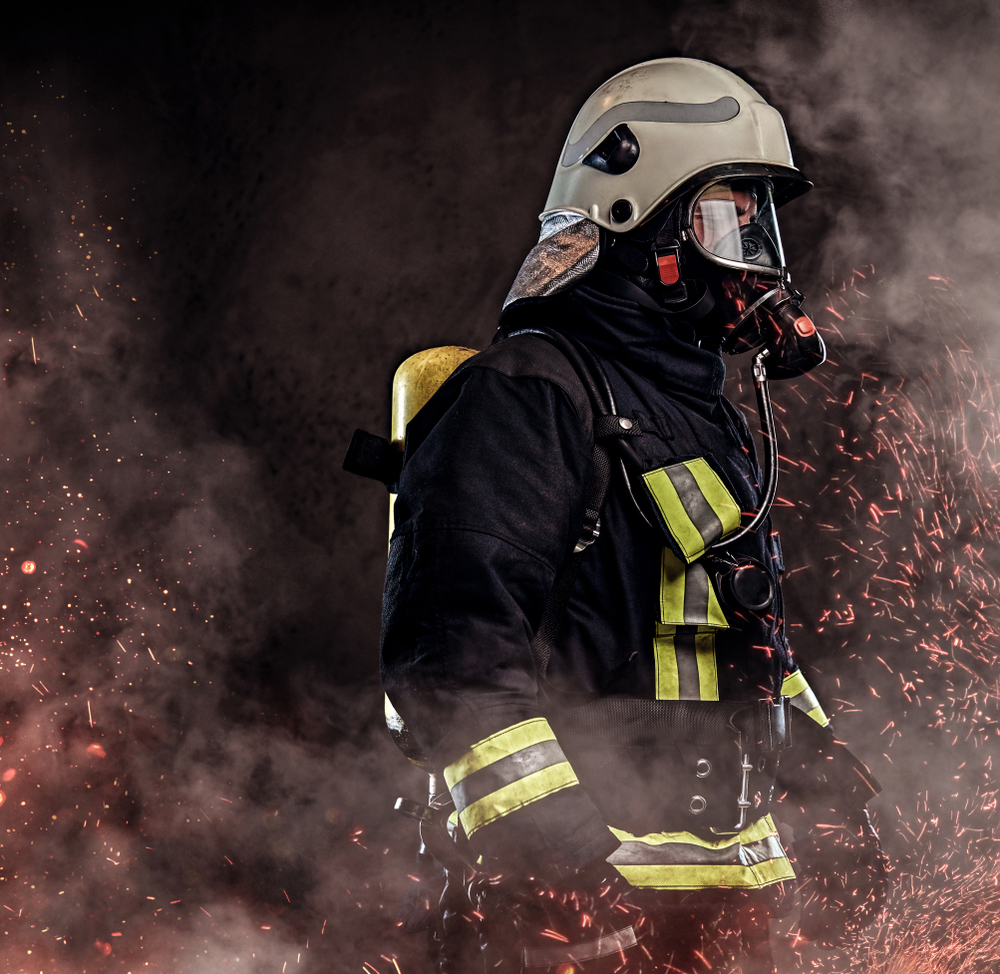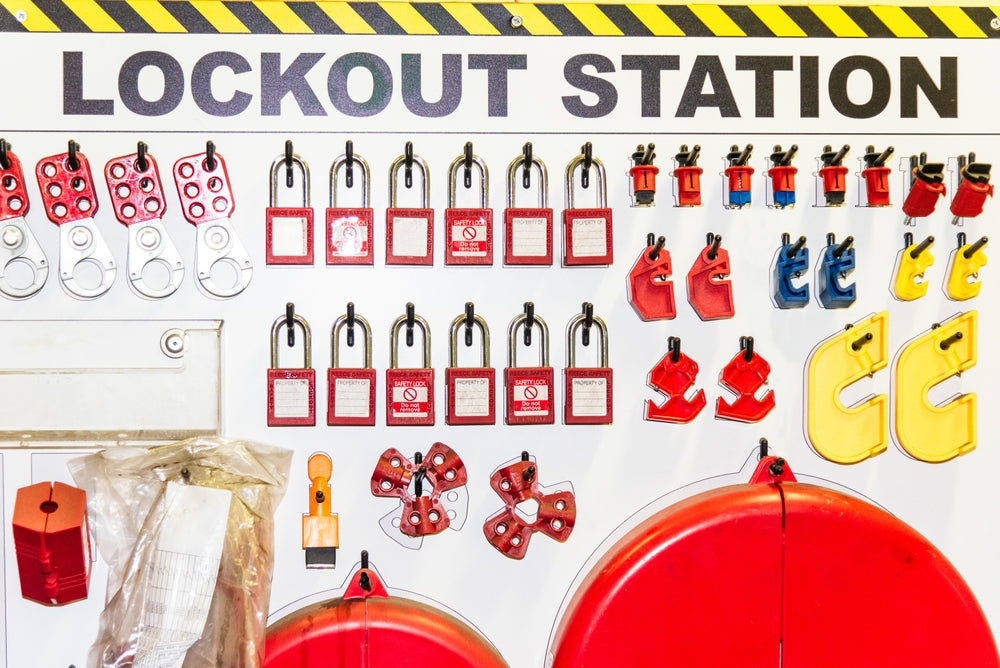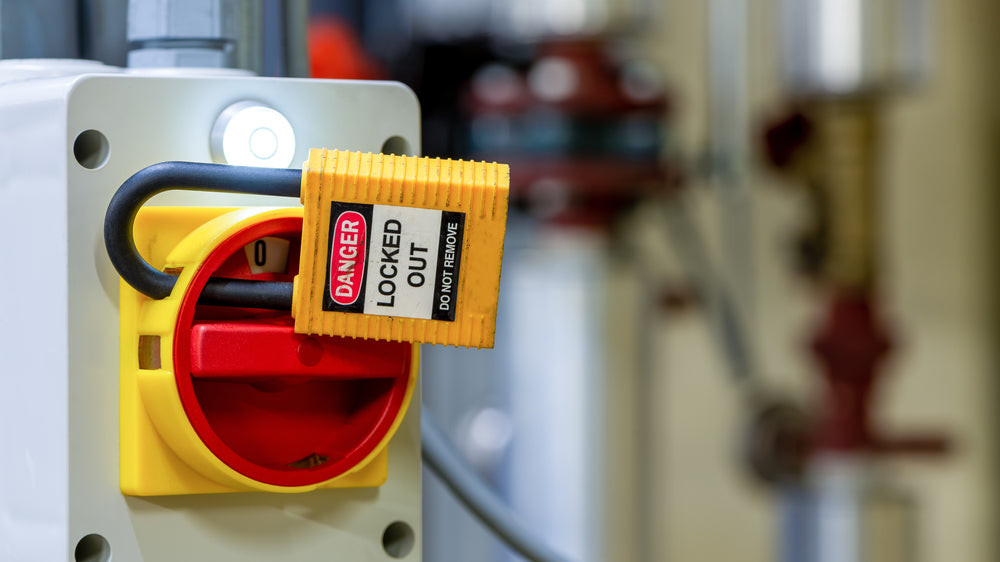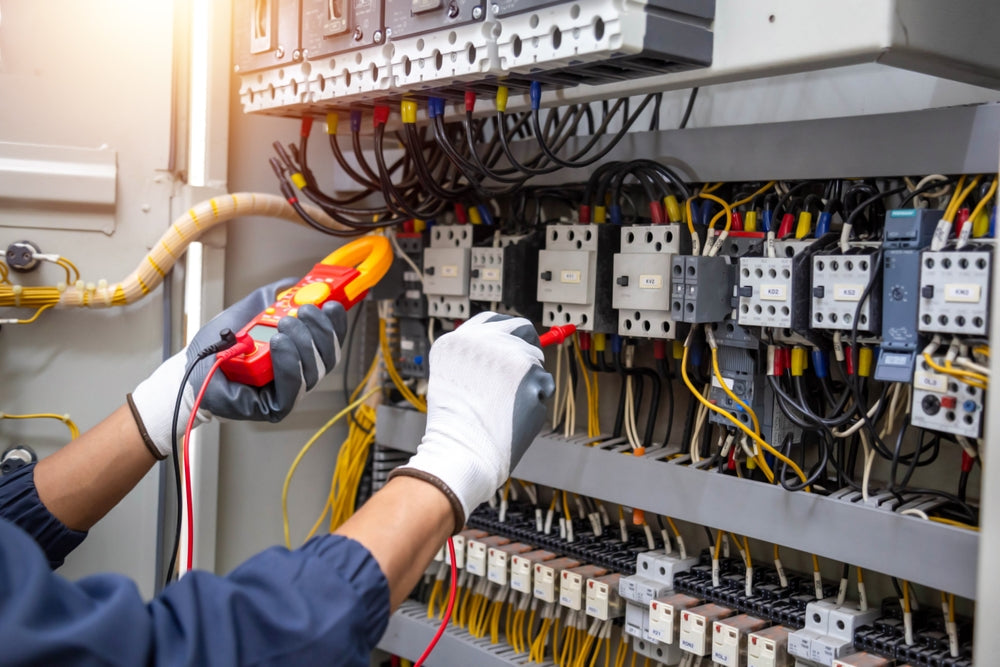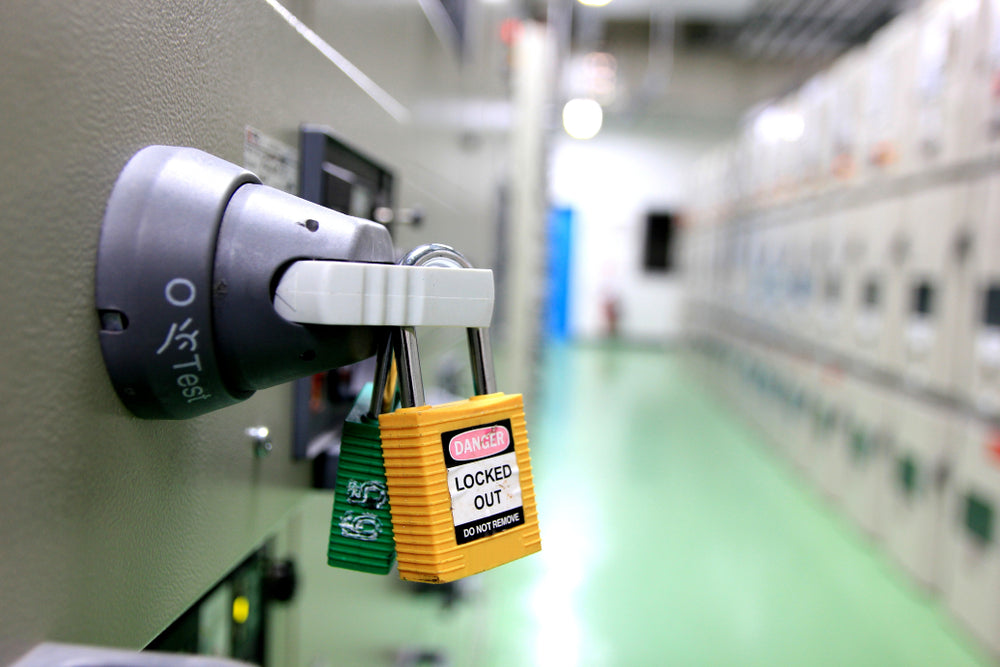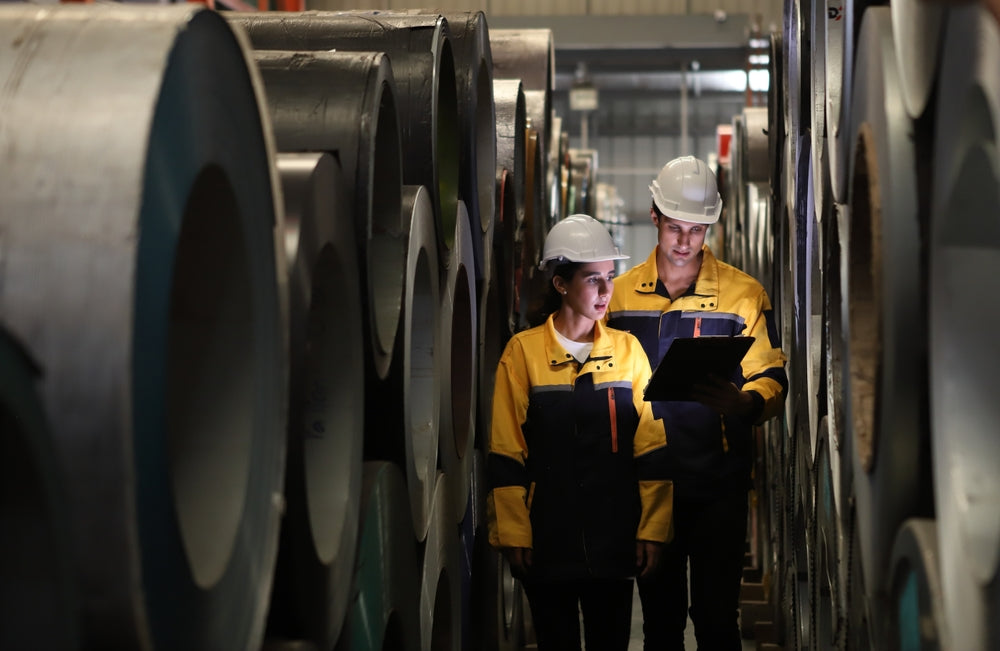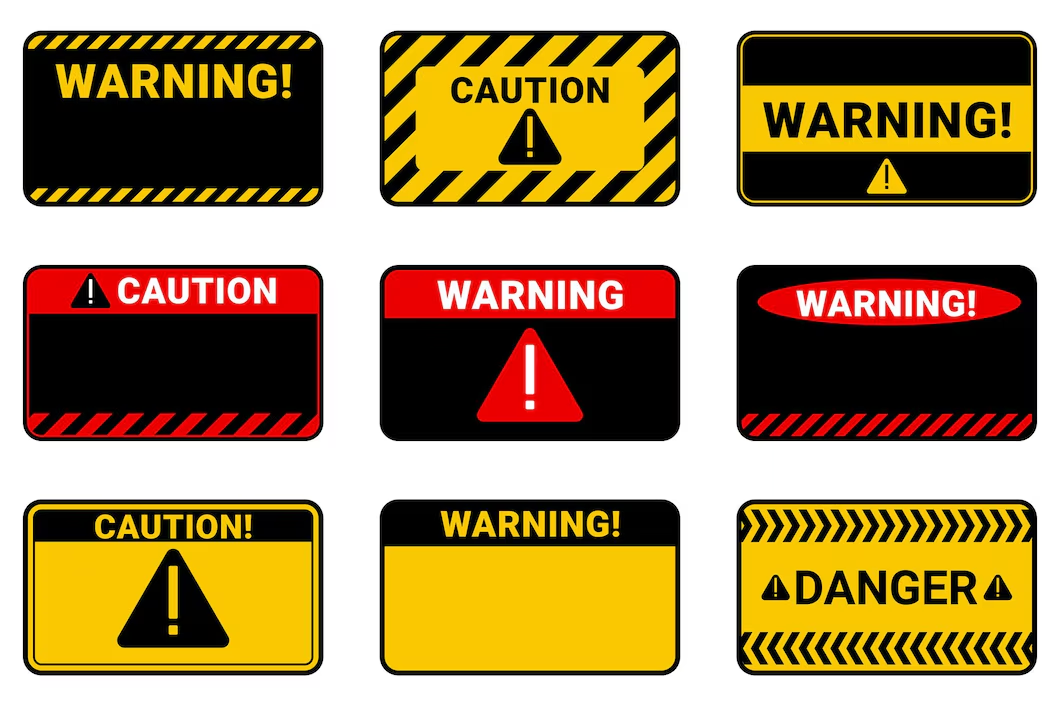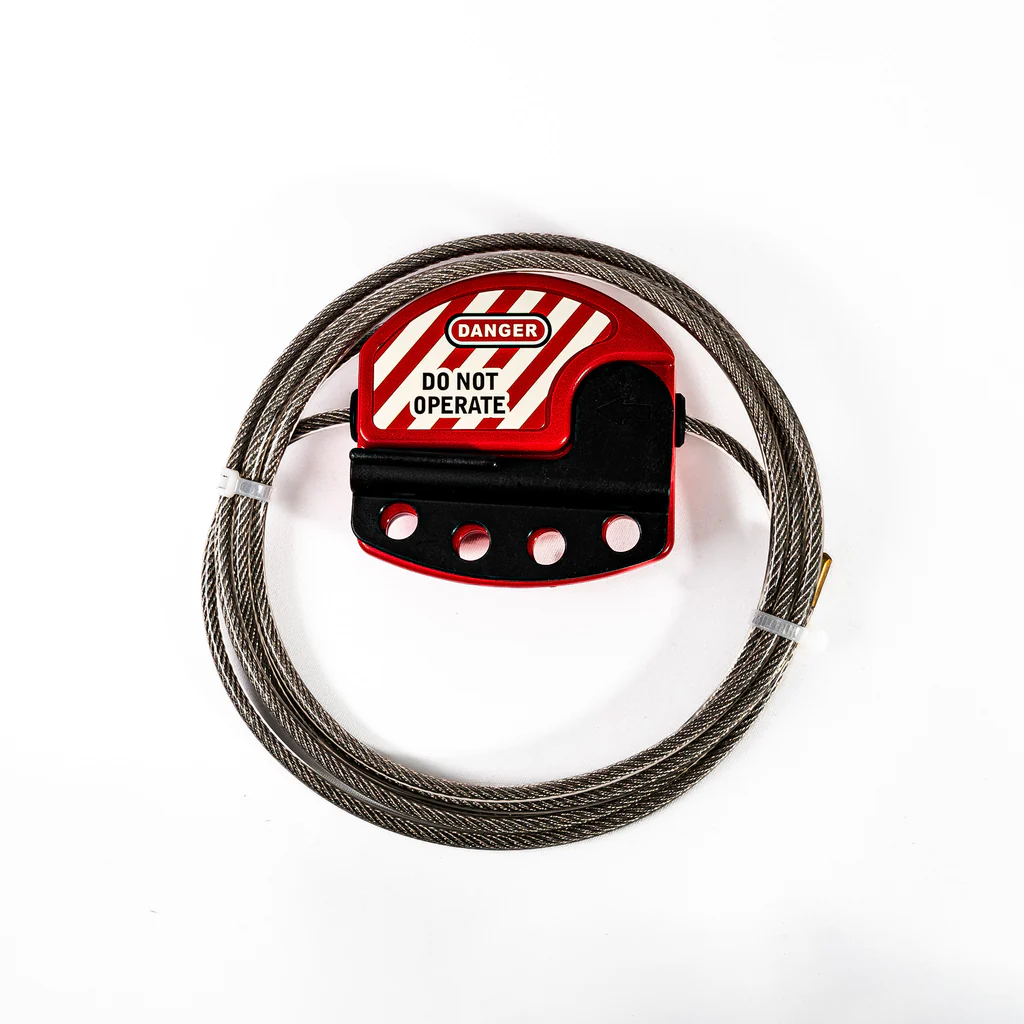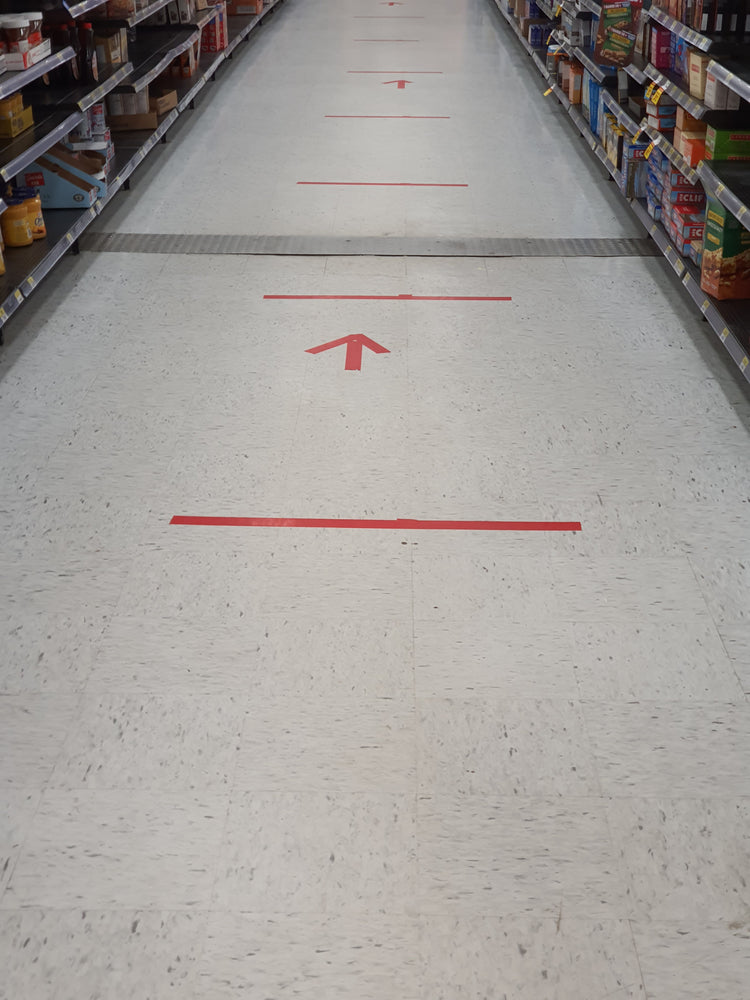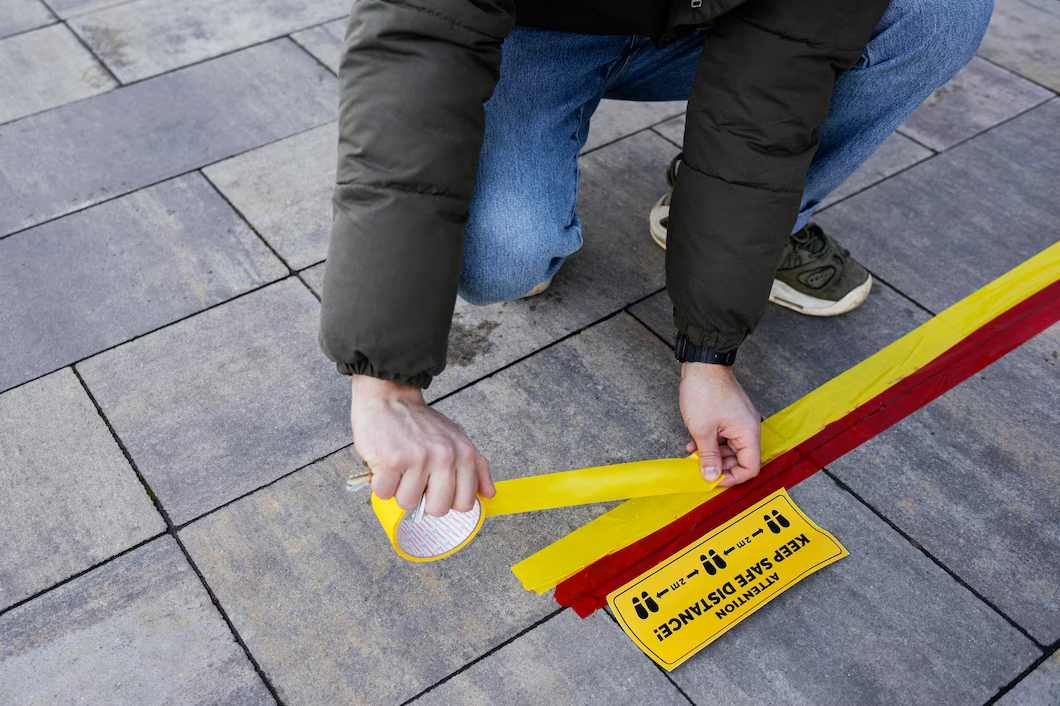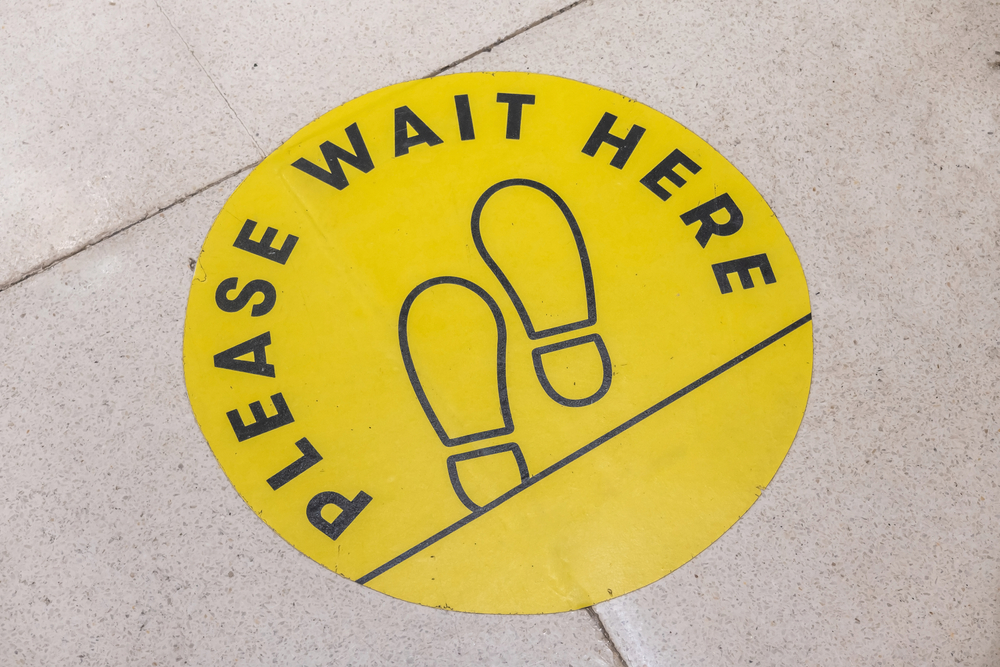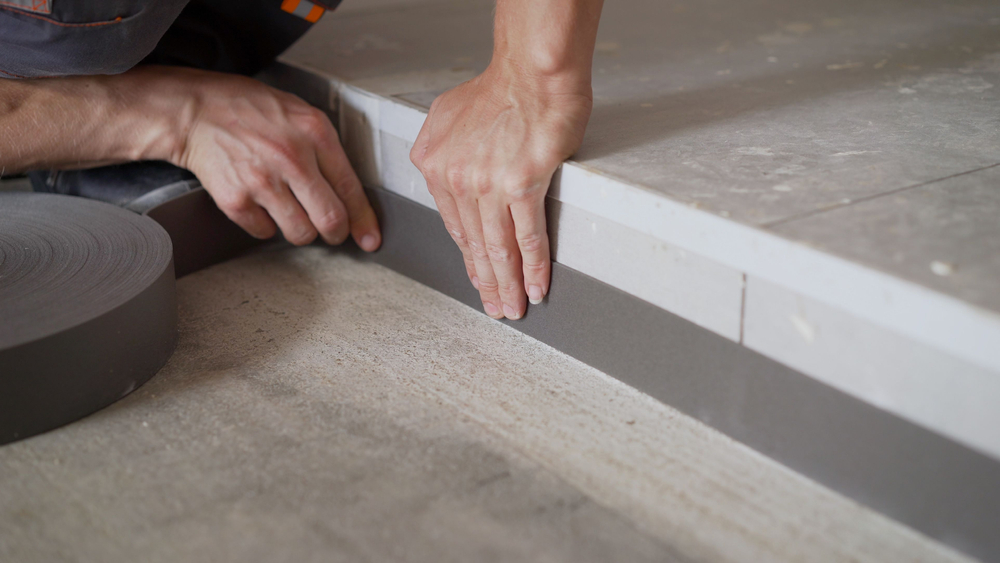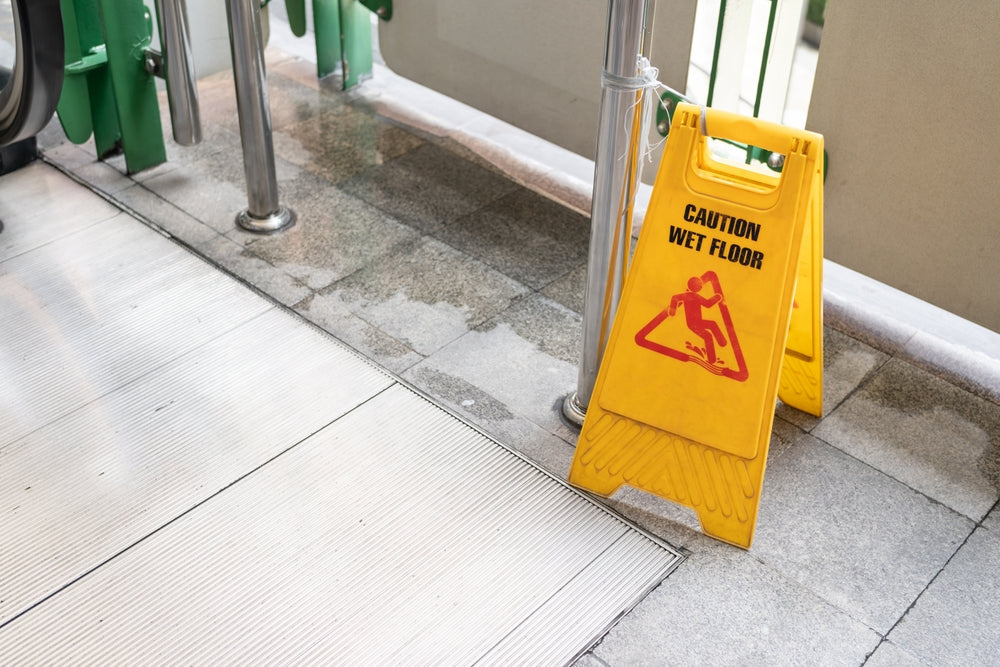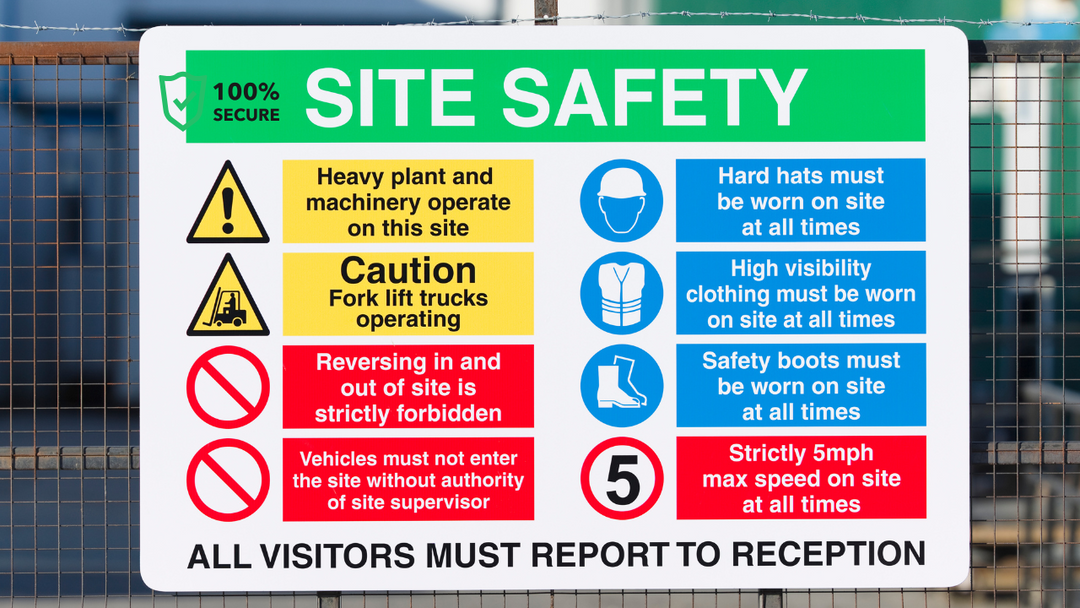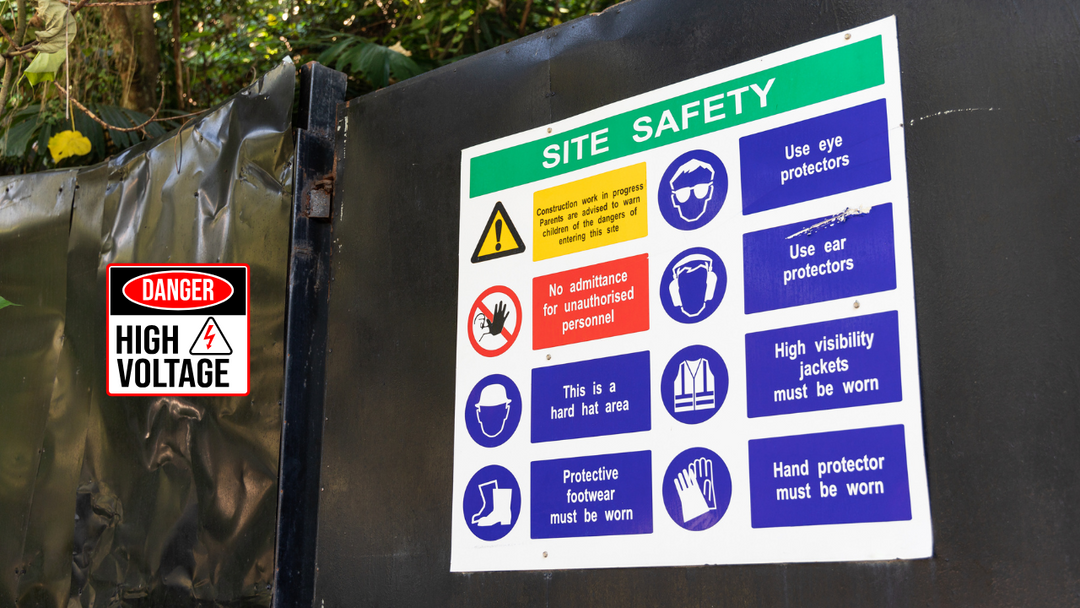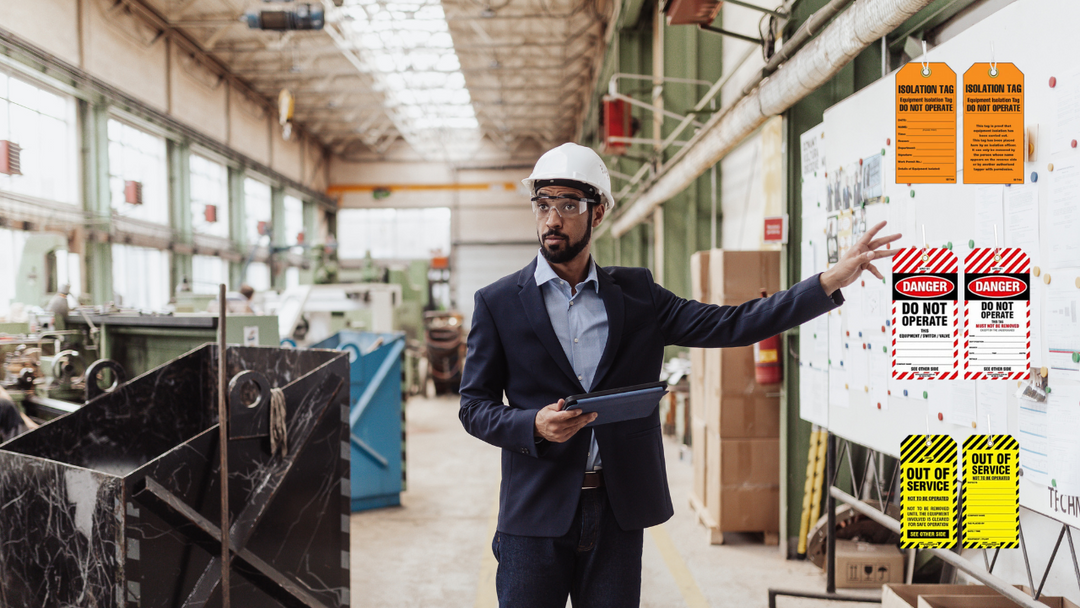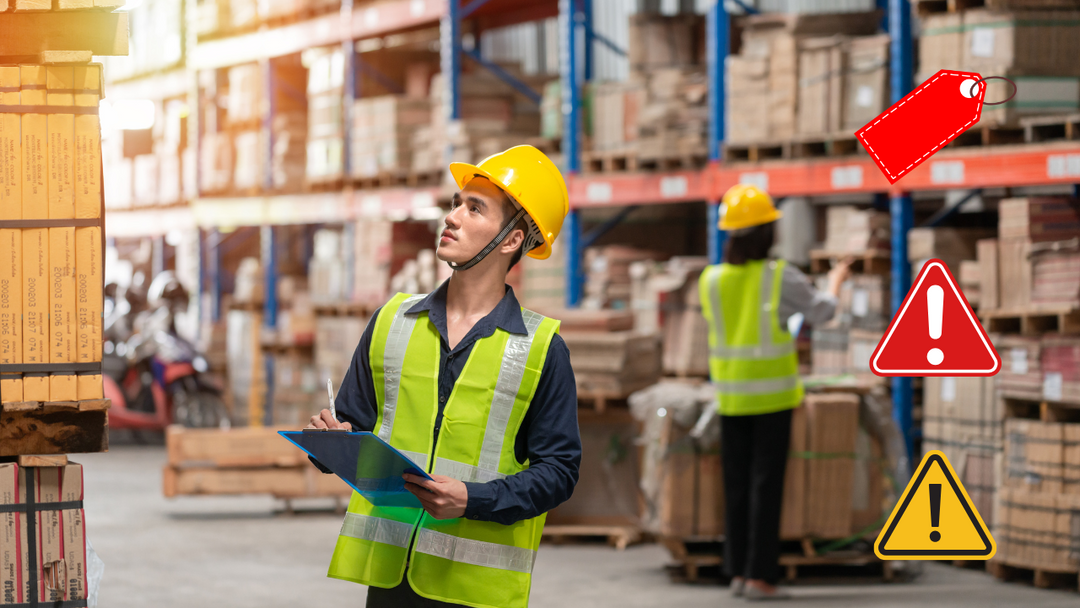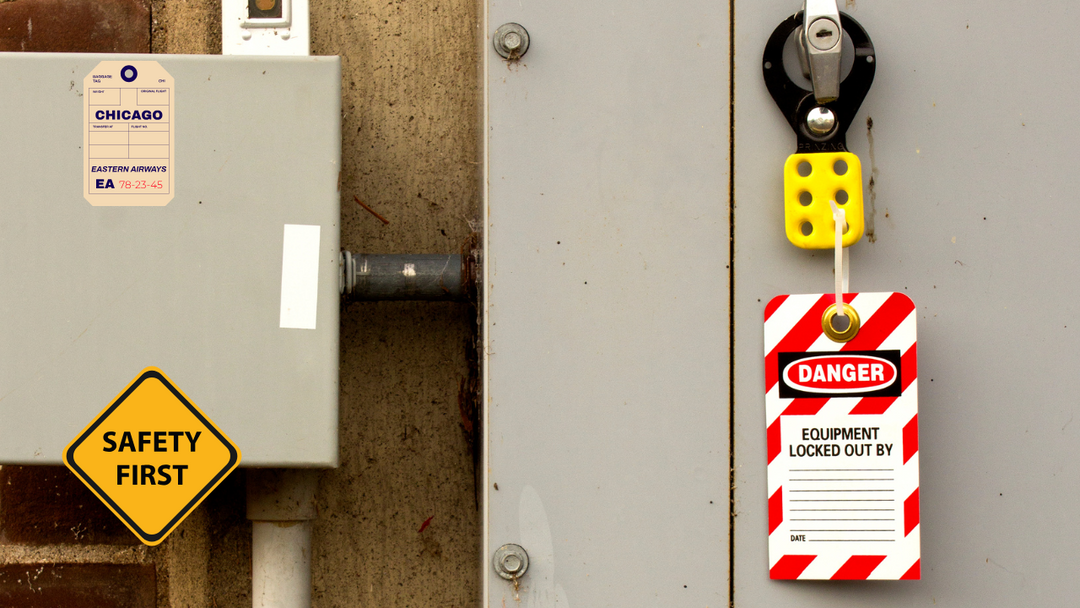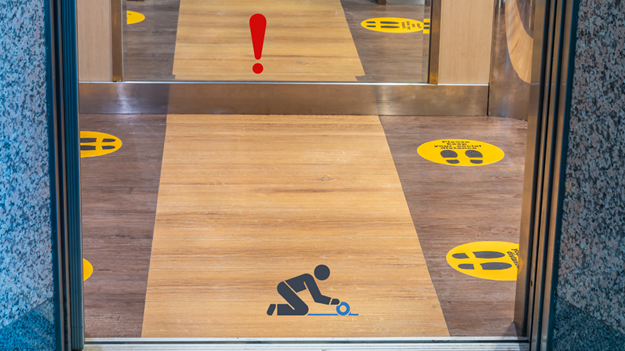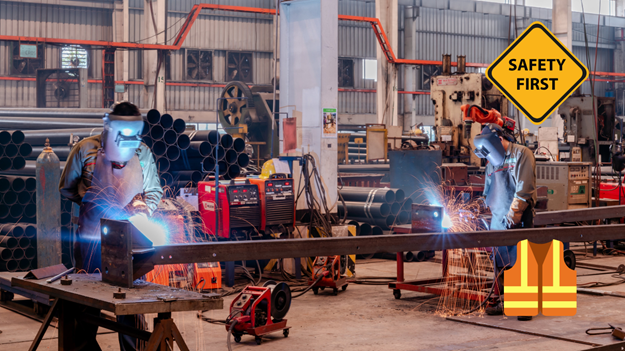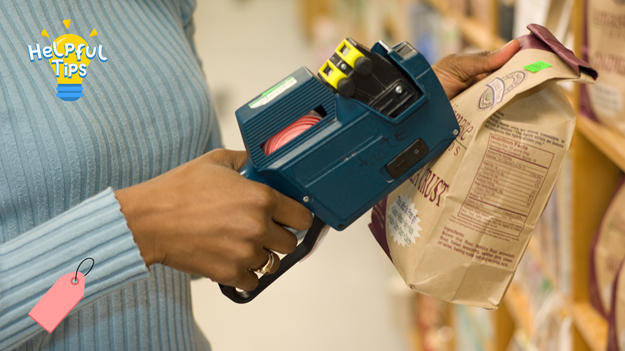Construction PPE Safety Tips for Workers on the Job
Introduction: The Importance of PPE in Construction
Personal Protective Equipment (PPE) is essential in the construction industry to protect workers from hazards like falling objects, sharp tools, and harmful chemicals.
Without proper PPE, workers face increased risk of injury or long-term health issues.
Prioritizing construction worker protection and providing appropriate job site safety gear ensures workers stay safe and can perform their tasks without unnecessary risk.
Essential Construction PPE for Every Worker
Hard Hats:
Hard hats are one of the most essential pieces of PPE on construction sites. They provide head protection against falling objects, debris, or accidental bumps and impacts.When choosing a hard hat, ensure it meets the required safety standards set by organizations such as ANSI (American National Standards Institute).Make sure the hard hat fits comfortably and securely to provide maximum protection, adhering to safety helmet guidelines.
High-Visibility Clothing:
In construction, workers often operate in areas with poor visibility. High-visibility clothing, such as vests and jackets with reflective stripes, ensures workers can be seen, reducing the risk of accidents, especially in low-light conditions.
Safety Footwear:
Protective boots prevent foot injuries caused by heavy machinery, sharp objects, and uneven surfaces. Look for footwear with reinforced toes, slip-resistant soles, and waterproof materials for enhanced safety and comfort.
Gloves:
Gloves protect hands from cuts, abrasions, and exposure to chemicals. Choose gloves suitable for specific tasks, such as leather for handling sharp objects and rubber for chemical protection, ensuring both comfort and functionality.
Eye and Face Protection:
Construction sites often involve debris, sparks, and dust that can damage the eyes and face. Protective eyewear, including safety glasses, goggles, and face shields, should be worn to safeguard against flying materials and hazardous substances.
Hearing Protection:
With high noise levels from machinery and equipment, hearing protection like earmuffs or earplugs is essential to avoid hearing damage over time. Choose protection based on the noise level of the site and educate workers on its importance.
How to Choose the Right PPE
Choosing the appropriate PPE for specific construction tasks is essential. Different jobs come with unique risks, so it’s important to tailor the protective equipment accordingly. Employers should conduct thorough risk assessments to identify potential hazards and select the best gear. Workers should be involved in this process to ensure comfort and meet their specific needs.
Proper Maintenance and Inspection of PPE
Wearing PPE is only effective if it’s properly maintained and inspected regularly. Workers should check their gear for signs of wear and tear, such as cracks in hard hats or holes in gloves.
Damaged or worn-out equipment should be replaced immediately to ensure continued protection. Additionally, PPE should be cleaned and maintained according to the manufacturer’s instructions to keep it in good condition and extend its lifespan.
Common Mistakes to Avoid When Using PPE on the Job
There are several common mistakes workers may make when using PPE on the job. Here are some to avoid:
Wearing the Wrong Size: PPE that doesn't fit properly is less effective. Ill-fitting equipment can cause discomfort or fail to provide the necessary protection.
Not Inspecting PPE Before Use: Failing to check PPE for damage can lead to overlooked defects that compromise safety.
Wearing Inappropriate PPE for the Job: Each task requires specific equipment. Using general PPE instead of specialized protection can leave workers vulnerable.
Neglecting Maintenance: Failing to properly clean or repair PPE can reduce its lifespan and effectiveness. Regular maintenance is key to ensuring maximum protection.
Improper Use of PPE: PPE is only effective when used properly. Workers should be trained on how to wear and use their protective gear correctly to ensure safety.
Training and Education on PPE Use for Construction Workers
Proper training on the correct use of PPE is essential for ensuring safety on construction sites. Workers should be educated on the specific hazards of their jobs and the types of PPE required to mitigate those risks.
Training should also include instruction on how to properly maintain and inspect PPE, as well as the importance of consistently using protective gear.
Employers should ensure that training programs are comprehensive and regularly updated. Workers should have easy access to information about PPE and be encouraged to speak up if they have any concerns about their safety gear.
PPE Compliance Tips for Construction Sites
To stay compliant with safety regulations and reduce the risk of injury, employers and workers should adhere to PPE compliance tips.
Regularly inspect PPE to ensure it meets the latest safety standards. Keep updated on OSHA guidelines and industry best practices to make sure your PPE is compliant with current safety requirements.
Moreover, it's important to reinforce the use of PPE across the entire team, ensuring everyone understands their responsibility for wearing and maintaining the right gear.
For more information on selecting the right PPE and maintaining safety standards, visit our tags page. This resource offers valuable insights into various safety tags, helping you ensure compliance with workplace safety regulations and fostering a safer work environment.
Explore More: Essential Safety Tips for Every Workplace
|
Safety Tags Tips |
Short Description |
|
Tips for Effective Use of Safety Tags in the Workplace |
|
|
Essential Scaffold Safety Tips for Workers |
|
|
Comprehensive Workplace Safety Tips for Employers |
|
|
A Step-by-Step Lockout Tagout Checklist for Maximum Safety |
|
|
Top Tips for Improving Warehouse Safety Standards |
|
|
Key Safety Tips for Small Businesses |
|
|
Best Practices for Lockout Tagout Procedures |
|
|
The Importance of Fire Safety Signage in Workplaces |
|
|
Essential Personal Protective Equipment (PPE) Tips |
|
|
Best Practices for Scaffold Inspections |
|
|
How to Use Industrial Labeling for Safety and Compliance |
|
|
Construction PPE Safety Tips for Protecting Workers |
|
|
Advanced Safety Tips for a Safer Workplace Environment |
Conclusion
In conclusion, construction PPE is vital for ensuring worker safety and preventing accidents on the job. From hard hats to safety footwear, the right protective equipment is essential for reducing the risk of injury and keeping workers safe.
By choosing the right PPE for each task, maintaining equipment properly, and ensuring that workers are well-trained in its use, employers can create a safer and more productive construction site.
Investing in the right PPE and emphasizing its importance can make all the difference in protecting workers and preventing accidents.
It’s essential that every worker understands the role PPE plays in keeping them safe, and that they are equipped with the proper tools to stay protected on the job.
FAQs:
1. Why is PPE important on construction sites?
PPE is crucial for protecting workers from common construction site hazards, such as falling objects, chemicals, and heavy machinery.
2. How do I choose the right PPE for a job?
Consider the specific risks of the task and conduct a risk assessment. Select PPE that is designed to address those hazards.
3. How often should PPE be inspected?
PPE should be inspected before each use for signs of wear and damage. Replace any damaged equipment immediately to maintain safety.
4. What are the benefits of job site safety gear?
Job site safety gear provides protection against common construction site hazards, ensuring workers are safe and compliant with safety regulations.
5. Can PPE be customized for different jobs?
Yes, PPE can be customized to suit specific job requirements, ensuring workers are protected based on the tasks they’re performing.

